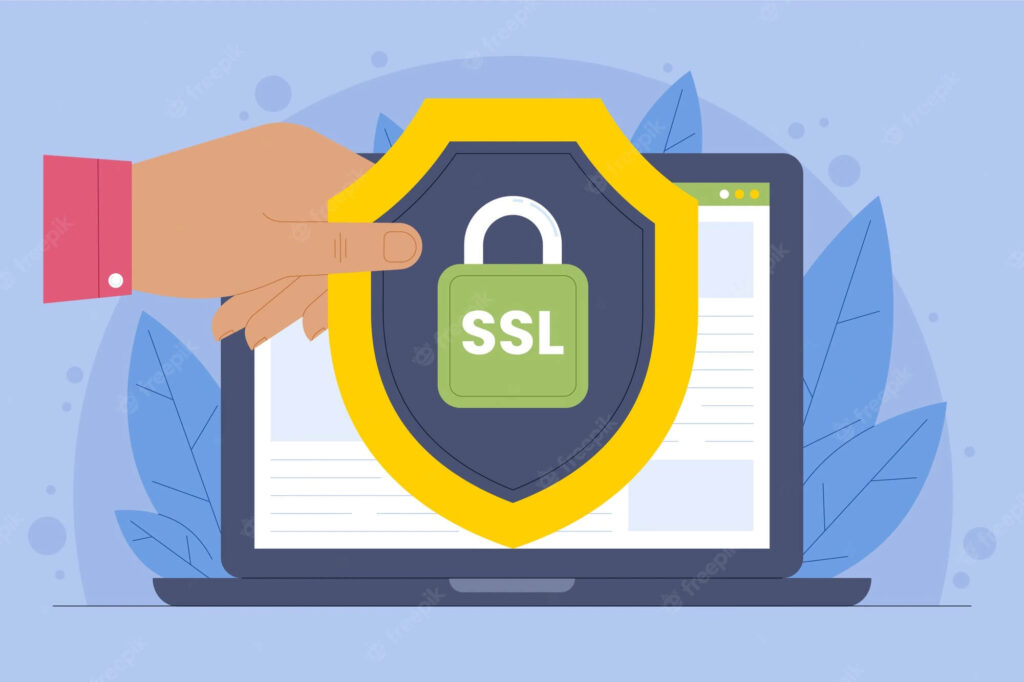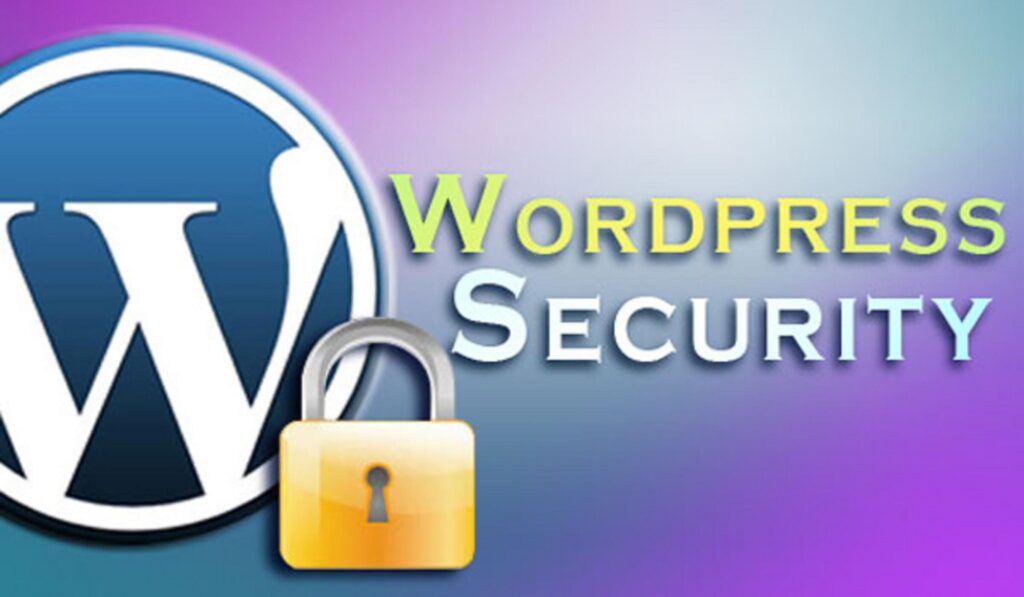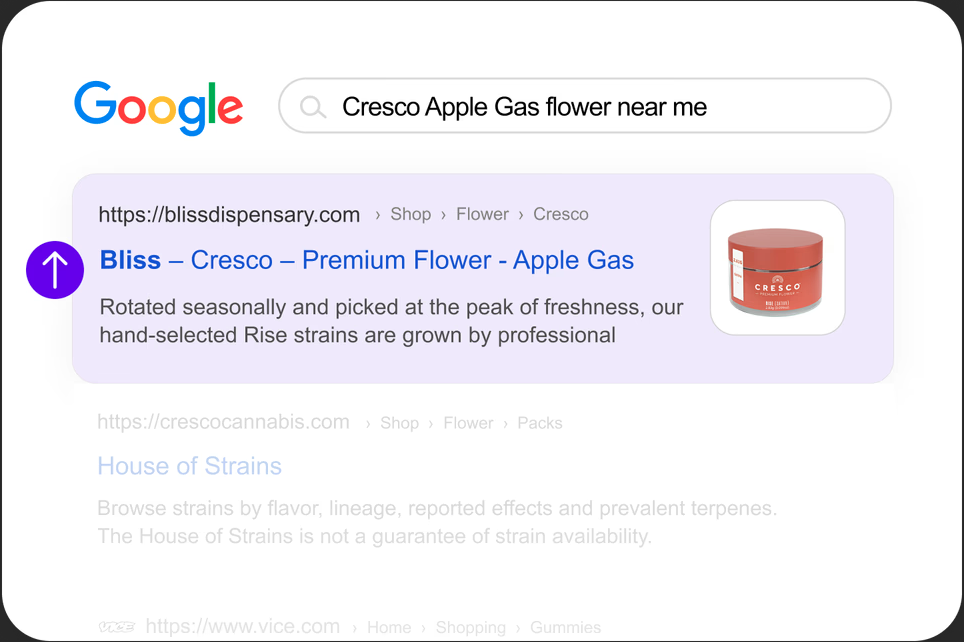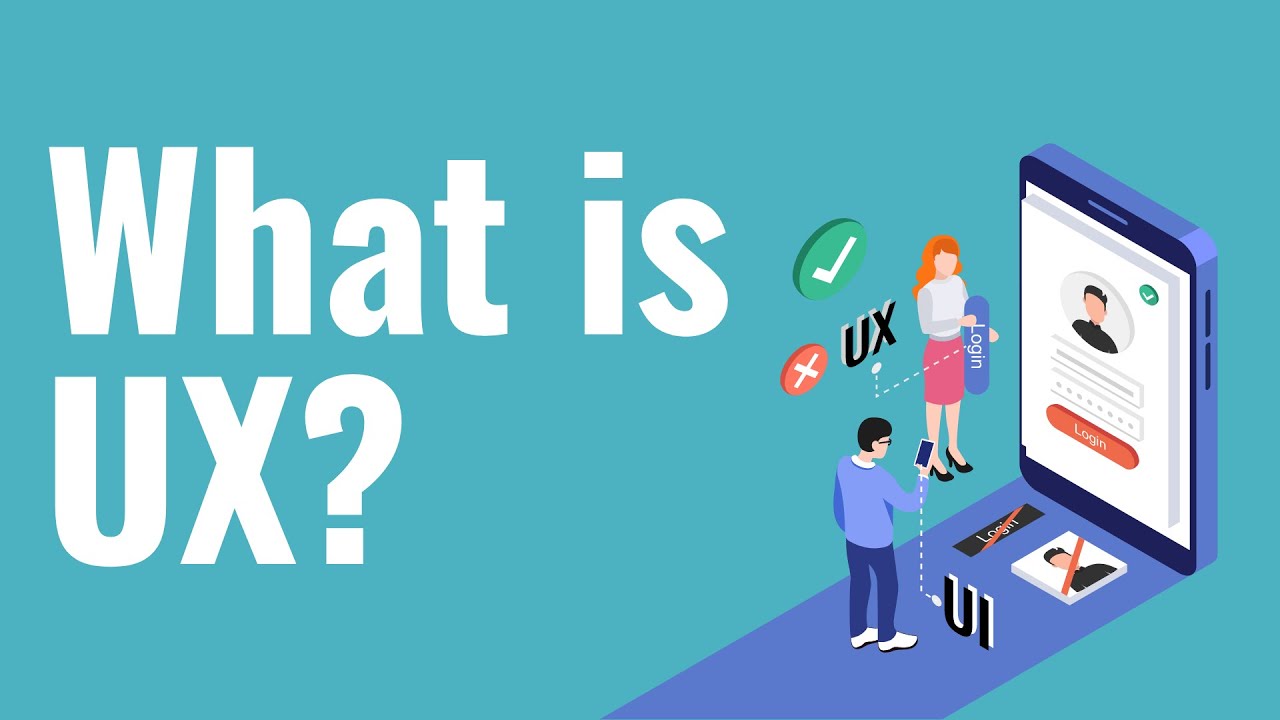Beyond having an excellent website appearance, securing it should be a priority. No matter your digital marketing efforts, it will be all for nothing if your website isn’t secure. The internet is a dangerous space, and vulnerable websites are at the receiving end of cyberattacks.
If you use WordPress CMS, you should ensure your website is safe from internal and external attacks. WordPress is currently the most attacked CMS in the world, recording 90,000 attacks per minute.
This means you should secure your website against WordPress security vulnerabilities. This article explores all the practical ways you can do so.
Why Is WordPress Security Important?
If you’re using WordPress CMS for your business, you need to take steps to keep it secure. But why do you need to do so?
Google Loves Secure Websites
One of the factors Google uses to rank websites on SERPs is its security architecture. Thus, only secure websites get displayed and get visibility from organic searches. Therefore, one of the simplest ways to outrank your competition is to make your website secure.
The reverse is the case if your website is vulnerable to attacks.
It Keeps Your Digital Assets Safe
One of the importance of an encrypted website is that all your digital infrastructure is safe. This includes personal and sensitive information about you, your products and services, and your customers.
When a breach happens, this information gets stolen, resulting in ransomware, identity theft, downtime, and other forms of attack. It is essential to keep your website secure as it will save your reputation in the long run.
Your Visitors Expect Your Website to be Secure
Another reason to keep your WordPress website secure is that your visitors automatically expect it. WordPress security experts know this, which is why they spend a lot of time optimizing and encrypting websites.
Your customers need to find your website trustworthy enough to save their personal information on it. This entails payment details, contact addresses, and phone numbers. If they catch a whiff of insecurity about your website, they will never visit again.
How to Secure Your WordPress Site
Conducting WordPress security services for your website requires you to follow a set of best practices. Most of these practices apply to websites across different CMS. However, most of them come with a strong emphasis on WordPress.
What are the website security checklist to take note of?
Update Your Version of WordPress
WordPress is an open-source platform subject to constant improvements and updates. The platform is designed to automatically download and install minor updates. However, you’d have to manually download and install significant updates.
You need to also consider the plugins and themes on your WordPress site, as they’re developed by third-party designers. Some of those features, when outdated, are loaded with WordPress security vulnerabilities.
To update your WordPress, login to your dashboard and click Updates to see if you’d need to install updates for the platform, plugins, and themes. Follow the update instructions on the site to learn about the update.
Update to the Latest Version of PHP
Another way to keep your WordPress secure is to install the latest version of your PHP security for websites. It lays the foundation for your website, and you need to check if it’s updated.
Typically, every PHP update is fully supported for your website, fixing WordPress security issues and bugs for at least 2 years. After that time, a new update is released and comes with heightened security.
WordPress will prompt you on the dashboard to update your PHP to the latest version on your hosting account. Contact your web developer if you no longer have access to your hosting account.

Implement SSL Certificates
You can also protect your digital infrastructure by installing and implementing an SSL certificate for your website. Secure Sockets Layer (SSL) is a unique technology that encrypts the connection between your visitors’ browsers and your website.
It also ensures that the web traffic is safe from external interruptions. If you don’t have it set on your WordPress CMS, you may have to deploy it manually or use a dedicated SSL plugin.
Having an SSL certificate directly influences your visitors’ impression of your website. If your website isn’t secure, Google will notify and redirect visitors who click on it. To know if your website is secure, visit your homepage and check the URL.
Secure URLs begin with https://. The ‘s’ means it is secure. However, if it starts with http://, you must get the SSL certificate.
Enable Web Application Firewall (WAF)
Another website security checklist to consider is installing a firewall. It is like a fence mounted between the network hosting your WordPress and other networks. It helps prevent unauthorized traffic from infiltrating your website.
Installing a Web Application Firewall (WAF) to protect your website from external attacks is essential.

Install a Security Plugin
You can also keep your WordPress and all things secured by installing a security plugin. These plugins can help scan your entire site for malware and cyber-attack attempts and identify loopholes that might make your website vulnerable.
Security plugins also reset and restore your WordPress, eliminating content theft such as ransomware or hotlinking. Some recommended plugins include Jetpack, Security Ninja, Malcare, Shield Security, and iThemes Security.
Use Secure WordPress Hosting
Your WordPress hosting provider may significantly influence how secure your site will be. You should look for a hosting provider that protects your website information without security breaches.
Some recommended WordPress hosting providers include HostGator, Bluehost, WP Engine, Nexcess, GoDaddy, and others.
Use a Secure WordPress Theme
The role of a secure WordPress theme cannot be overemphasized. If your website theme isn’t compliant with WordPress standards, it is prone to attacks.
To check if your website’s theme is secure, copy the URL of your website into W3C’s validator. If your theme isn’t secure, select and install a more secure one.
Change the Default “Admin” Username
When you create a new WordPress account for your website, the platform automatically gives you a default Admin username. It is essential to edit and change it completely.
Cybercriminals can take possession of your website if your username is set to default.
Secure Your Login Procedures
You can also keep your website secure by implementing the following secure practices:
● Make use of strong passwords.
● Enable two-factor authentication (2FA).
● Restrict login attempts.
● Enable auto-logout.
● Add a captcha.
These page security practices will help protect your website against attacks.
Hide Your Wp-Admin Login Page
You should also consider hiding your WordPress admin login page. This page is visible after creating an account, and cyberattacks can deploy illegal techniques to get access to your website.
You should also hide your wp-config.php and .htaccess files for your site.
Disable XML-RPC in WordPress
XML-RPC is a protocol that enables WordPress to communicate with external mobile and web applications. However, since the introduction of the REST API, the XML-RPC protocol has become obsolete.
This is because it allows cyber attackers to submit requests containing hundreds of commands, making brute attack login possible. If you’re not using XML-RPC, you should disable the xmlrpc.php file.
You can use the XML-RPC validator to check if your site is still using the protocol. You can use your WordPress security plugin to disable the API.
Conduct Regular WordPress Security Scans
It is essential to carry out routine security scans on your website. You can check at least twice a month to identify any loopholes, bugs, and issues with your site.
Some recommended WordPress scanner plugins include Jetpack, BulletProof Security, Wordfence, and others.
Conclusion
Securing your WordPress website should be your utmost priority. You want to keep your assets safe, improve the perception of your visitors and customers, and outrank your competitors on SERPs.
We’ve provided you with everything you need to keep your website safe and secure. So, go ahead and protect your website now.




